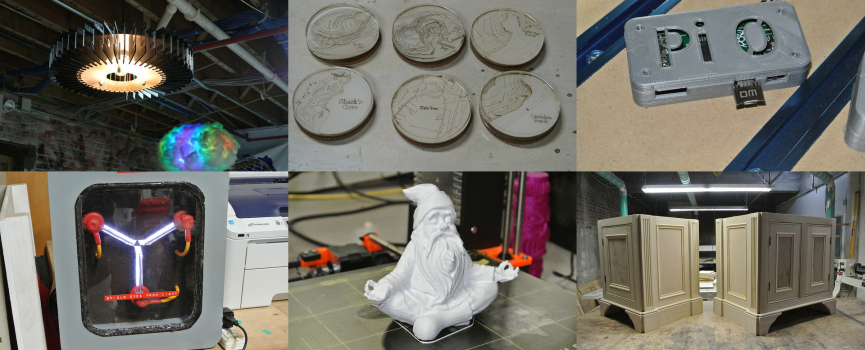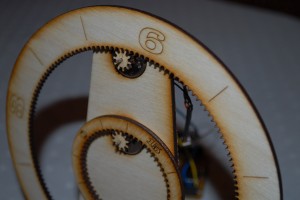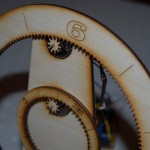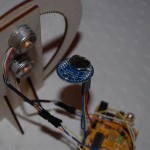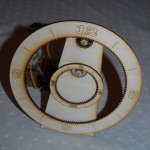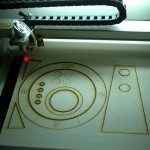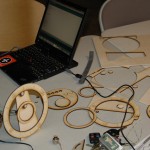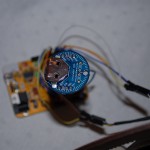 Good news everyone!  LVL1 is going to deliver a box of used balloon gizmos to Europe!  What’s that you say?  Europe has had enough of our crap already?  I think not!
Good news everyone!  LVL1 is going to deliver a box of used balloon gizmos to Europe!  What’s that you say?  Europe has had enough of our crap already?  I think not!
We’ve officially started the LVL1 White Star Trans-Atlantic Balloon Service with one goal: To send a small robotic balloon across the Atlantic Ocean and land somewhere over there on dry land.  No amateur balloon has ever done this.  The farthest amateur flight so far sank just 200 miles short of Ireland - tantalizingly close, but no cigar.
We will be attempting multiple flights to reach this goal, spaced randomly from December of this year to April of next year.  We’ll be doing a short, but high, flight test on October 9th.  This test is to exercise the launch team and raise funds for the 4 to 5 Trans-Atlantic flights we predict will be necessary to refine the system and make it across.  These jet-stream sailing balloons are actually quite complex, and require a few expensive parts.  Still though, each flight of the White Star will be cheaper than most airline seats across the pond!
Come along to our first launch Saturday, Oct 9 at 10am and see the first White Star Balloon take off, dubbed HighBall-1. Â Location TBD. Â All in LVL1 and the public are invited to participate or spectate as desired. Â There will be lots to do, and lots to see over the next few months. Â Â Â Check our website for more details: WhiteStarBalloon.com and follow WhiteStarBalloon on Twitter and FaceBook for updates.
Now for those technical details that we all love!
To give you an idea of where money would be going, every SpeedBall trans-atlantic flight will cost around $600-700 each: Â $100 helium, $300 balloon, $100 telemetry system, $50 GPS, $~100 remaining payload electronics and hardware.
These balloons are small in comparison to anything else that has ever crossed the ocean, but they aren’t small when you’re next to them.  They will be 30-50 feet tall, and be lifting a whopping 12 lbs of payload - a bowling ball’s weight!  We promise not to send a bowling ball to Europe with our name engraved on it though.  Most of that weight will be ballast to drop when the balloon starts to descend from jet-stream cruising altitude (35,000ft).  Software onboard will control the ballast based on GPS and barometric altitude measurements.
We’ll be up there with the jetplanes, so we need to be extra careful that they don’t bump into us.  There will be a constant stream of position reports from us to the 5 North Atlantic Air Traffic Control Centers, in the same format they receive reports from the jet planes.  If we stop hearing position reports from the balloon, that can be dangerous for the jets.  To prevent the balloon from becoming lost, we’ll be sending the balloon a heartbeat ping every few minutes.  If we stop hearing the balloon, we’ll stop sending the heartbeats.   When it misses our heartbeat for more than a few beats, the balloon will rupture and come fluttering gently down from the sky.  Now that’s sexy safety!
More tech info will be discovered upon visiting http://wiki.whitestarballoon.com !

